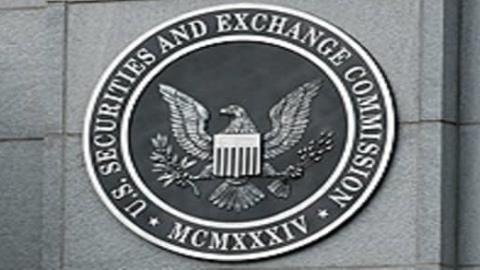How Trump’s Policies are Shaping the Future of the Crypto Industry: An In-Depth Exploration by HTX
The latest report, titled ‘HTX 2024 Global Web3 Blockchain Ecosystem Review and 2025 Outlook’, provides valuable insights into the rapidly evolving crypto industry and examines the anticipated impact of Trump on crypto policy. As the landscape of digital currencies continues to shift, it is essential for investors and stakeholders to stay informed about key developments and trends.
Key Sectors in the Crypto Industry
The report identifies five significant sectors that demonstrated substantial growth in the past year and are expected to remain focal points for HTX in 2025:
1. Bitcoin Ecosystem
In 2024, Bitcoin’s market share expanded, reinforcing its status as the core asset within the crypto market. The introduction of spot ETFs has enhanced liquidity, with major players like MicroStrategy absorbing dollar liquidity. Key aspects for the future include:
- Enhancing Bitcoin’s ecosystem
- Improving capital utilization efficiency
- Strong macro market support, signaling sustained demand growth over the next two years
2. Infrastructure Development
The integration of capital and technology has accelerated the advancement of various projects, including Layer 1 and Layer 2 solutions, as well as middleware initiatives. These Layer 1 solutions are expected to remain a primary focus for technical development and investment.
3. Growth of Meme Coins
With an increasingly favorable crypto market environment, more retail investors are likely to enter the space, making Meme projects crucial for capital inflows. This trend underscores the dynamic nature of the market.
4. Integration of AI
Artificial Intelligence is set to evolve into personal assistants for users, offering comprehensive functionalities. The deep integration of AI with encryption technology signifies a transformative shift that distinguishes it from previous Web2 and Web3 advancements.
5. Developments in the TON Ecosystem
The TON ecosystem has achieved remarkable milestones, bolstered by Telegram’s extensive user base and technical infrastructure. This has facilitated the monetization of Web2 social applications through crypto. Moving forward into 2025, it is crucial to explore innovative business models to enhance user retention and identify new growth avenues.
Legislative Outlook and Trump’s Influence
As Trump prepares to take office, the report suggests that key legislation may progress more rapidly. Two notable bills are highlighted:
FIT21 Act
The FIT21 Act is designed to establish a clear legal framework for token issuance and trading, promoting the healthy growth of the crypto industry.
Bitcoin Strategic Reserve Act
The Bitcoin Strategic Reserve Act could signify Bitcoin’s evolution from a niche asset to a nationally recognized reserve asset, potentially encouraging other nations to adopt similar frameworks. Trump is positioned to facilitate the advancement of this bill, with various U.S. states already proposing their own Bitcoin Strategic Reserve legislation.
Impact of SAB121 Act Repeal
The report also notes that the SAB121 Act is likely to be repealed under Trump, allowing traditional financial institutions to hold cryptocurrencies on their balance sheets. This change could accelerate the institutional adoption of crypto assets and contribute to market maturity. Furthermore, the SEC may consider easing the Howey Test criteria, increasing the likelihood of more spot crypto ETFs being approved and boosting the number of public crypto company listings.
In conclusion, the insights from the HTX report underscore the dynamic shifts within the crypto landscape, highlighting the importance of legislative advancements and sectoral growth for the future of digital currencies.







